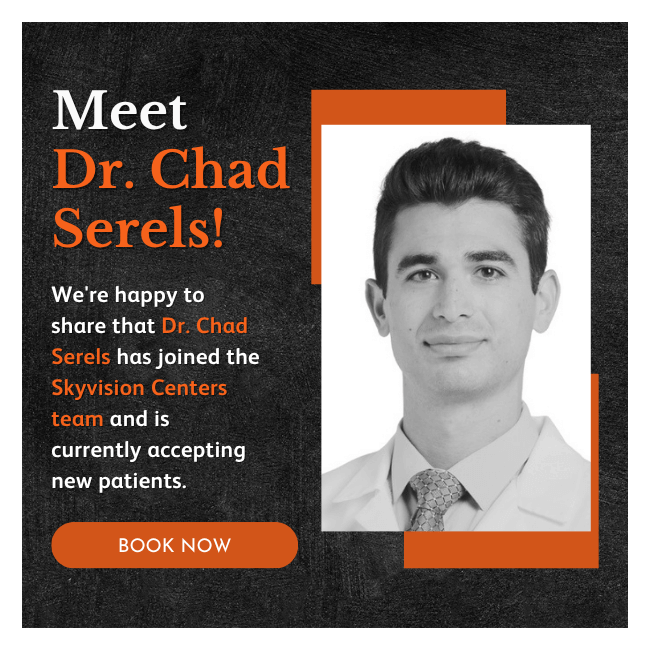Can I Fly With This Eye? Article from aao.com Written by: Dan Gudgel Reviewed by: Raj K Maturi MD Jan. 03, 2017 We are often asked by our patients if air travel after their eye procedure is possible. Read this article and find out . . . Learn what eye conditions should keep you on the ground […]
Are you experiencing signs of Macular Degeneration?
Are you experiencing signs of Macular Degeneration? Age-related Macular Degeneration (AMD) can present itself differently in different people and may not be obvious in early stages. In some individuals, only one eye loses vision while the other eye continues to see well for many years making the condition hardly noticeable until both eyes are affected. […]
Even 5 Years After LASIK Surgery, Satisfaction Rates Are Above 90%
There have been several new studies focused on LASIK and LASIK outcomes. “Our patient satisfaction with refractive surgery has always been high and with these studies and results, are more positive proof that LASIK is a very safe and effective treatment for refractive errors”, says Dr. Darrell White at SkyVision Centers. [row] [span4] [/span4] [span4] […]
Can Fish Oil Help Dry Eye?
Can Fish Oil Help Dry Eye? (Adapted from an article by Celia Vimont aao.org 10/28/16) While artificial tears or ointments are a common treatment for dry eye, studies suggest consuming omega-3 fatty acid supplements may also provide relief. Omega-3 oils appear to improve function in the eye’s meibomian glands, which produce the oily part of tears. […]
Yoga and Glaucoma patients – A Heads Up on Head-down Yoga
Yoga & Glaucoma Yoga is a practice that people use to enhance their health. For those with glaucoma, there are certain positions that may spell trouble. In four common positions in which the head is down, they found IOP (intraocular pressure) dramatically rises. This may be a cause for concern. The study had yoga patients […]
I WAKE UP, BRUSH MY TEETH AND CLEAN MY EYELIDS…
After reading this title, you’re probably wondering why cleaning your eyelids should be a part of your daily hygiene. Well as funny and minimal as it seems, we’re here to explain why cleaning your eyelids may be one of the most important personal habits you can adopt on a regular basis – just like brushing […]
Having the Lipiflow treatment “was a Life Changing Event!”
Lipiflow patient Robert Eagle had a lot to say about the Lipiflow treatment he received over a year ago. Bob was a patient who would be considered as experiencing extreme discomfort and symptoms. He graciously shared some time with us today, after a visit with Dr. White, to tell us about his Dry Eye history […]
Halloween Eye Safety – What About Those Crazy Contact Lenses?
Halloween is a popular time for people to use colored contact lenses to enhance their costumes. From blood-drenched vampire eyes to glow-in-the-dark lizard lenses, costume contacts can certainly add that desired extra spooky touch. The fact is, it is illegal to sell colored contact lenses without a prescription in the United States. All contact lenses […]
Majority of U.S. Adults Have Eye Problems, But Few Seek Help, Survey Says
SkyVision Centers is committed to your eye health! Written by: Kierstan Boyd Reviewed by: Rebecca J Taylor MD From the AAO.org Sep. 14, 2016 Think about it: if you noticed your car wasn’t running well, you likely would schedule an appointment to have it checked out. Would you do the same for your eyes? If […]
CONTACT LENSES: THE NEXT 30 YEARS
How will contact lenses evolve between now and 2046? HARVARD SYLVAN, OD 9/1/16 “We are in the midst of the digital age and on the doorstep of the “Internet of Things.” Technological breakthroughs are occurring at an accelerated pace. There is no reason to think that new technological advances won’t be made with contact lenses. […]



